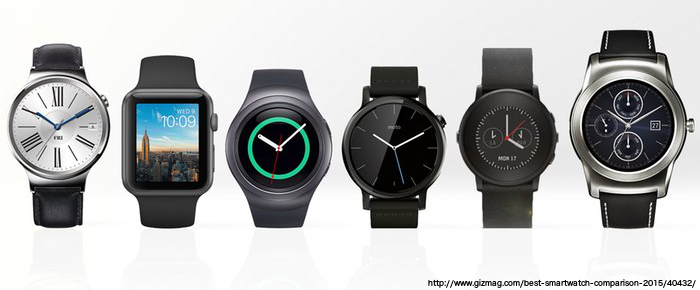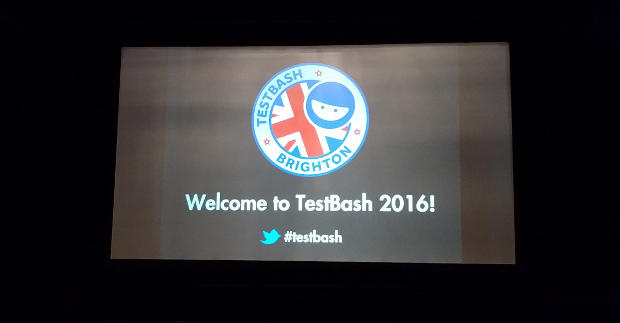In the previous posts you have read and hopefully learned something new about Tizen OS, watch OS, Pebble OS, Android Wear and what is important to know when start testing on one (or more) of those mobile platforms. Smartwatches may not be on everyone’s wrists yet, but that time can change very quickly in the next upcoming months and you must be prepared for the new way of interacting with your apps and devices. As you have seen in this series, smartwatches offer a complete new set of interactions, features and challenges for mobile testers and developers. The guys from gizmag did a great job in comparing the different smartwatch platforms from a software and hardware point of view and is a nice summary to the watches I used for this series.
However, the last post in the series is about smartwatch app testing ideas. Before I go into the smartwatch app testing ideas I want to briefly remind you about the 4 key areas of smartwatch app testing.






